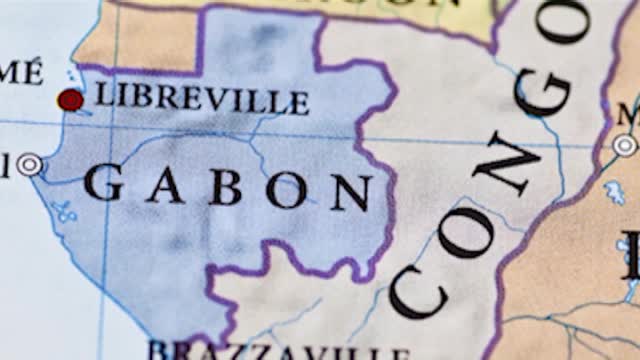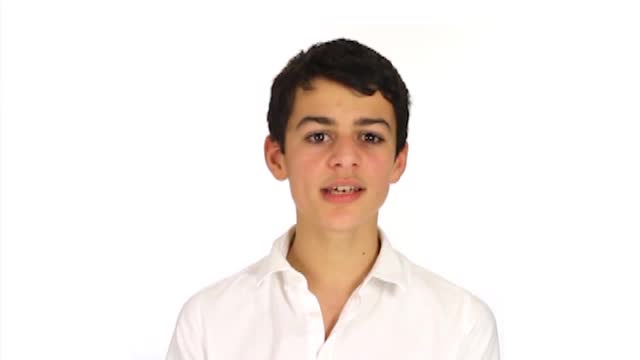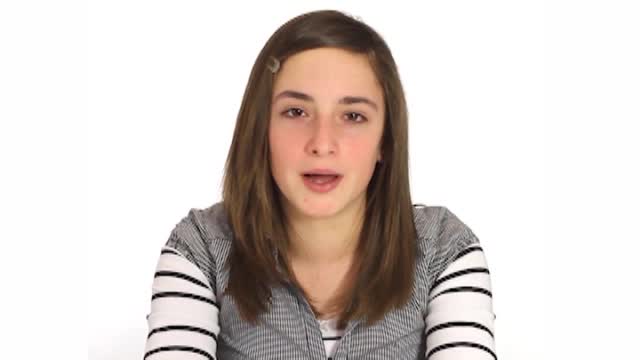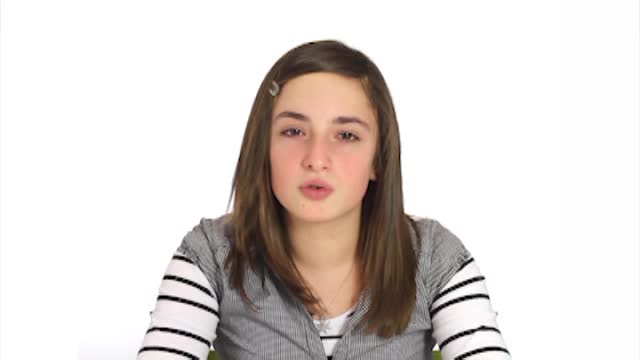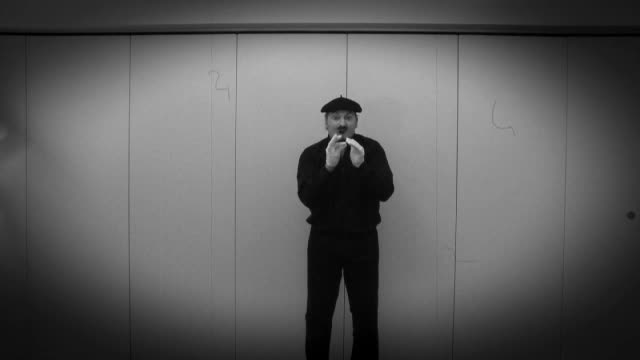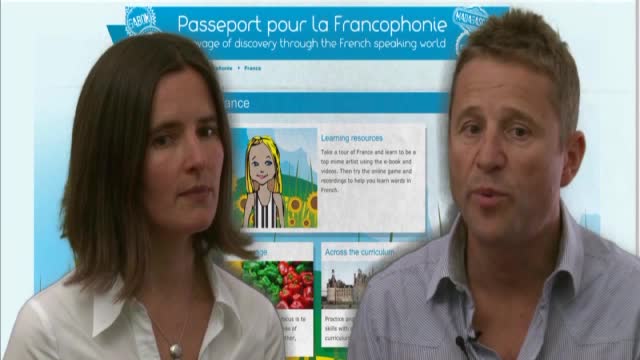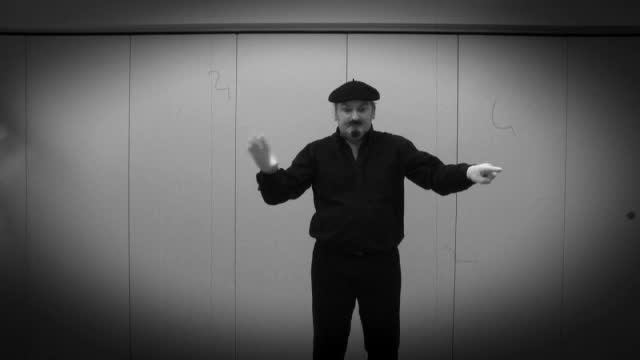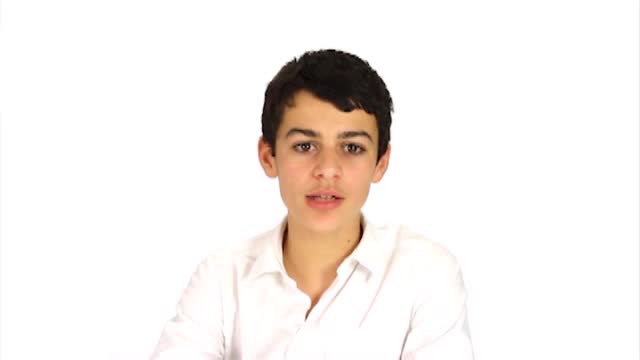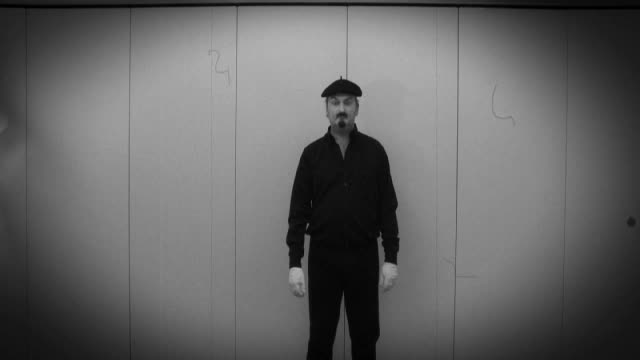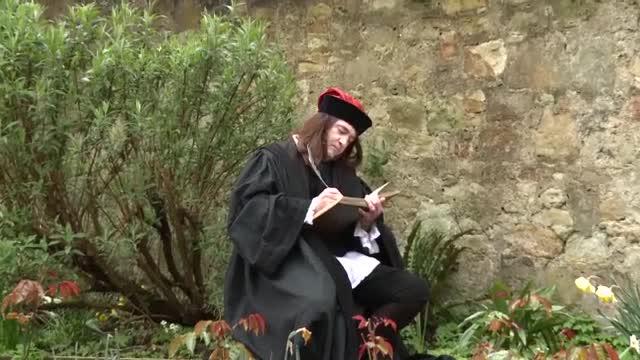Play Controls
Description
Video narrated in French about Egypt today and its mysterious past, especially ancient Egyptian hieroglyphics. It is part of the Passeport pour la Francophonie website, a modern languages resource for primary learners.
The video has captions in French that can be switched on and off using the caption (CC) button.
Transcript
Teenage girl:
Aujourd’hui, on part en voyage dans un pays mystérieux, à vous de deviner.
Allez, je vous aide un peu, la première lettre de ce pays, c’est un E….
L’Espagne…?
Non!
Dans ce pays, il y a :
des temples,
des pyramides,
un grand sphinx,
des pharaons,
Et la belle Cléopâtre aussi ….
…. Ça y est, vous avez trouvé ? Et oui, en route pour l’Egypte !
C’est très grand, l’Egypte, mais le désert recouvre une grande partie du pays.
Regardez la carte et devinez quelle proportion – 60%? plus, 70%? plus, 80%? Non, encore plus, 90%? Non, toujours plus, 100% alors? Non, ce n’est pas possible, moins ! Et bien la réponse, c’est 97%, incroyable non !
Et en plus, la population de l’Egypte est importante, il y a à peu près 83 millions d’habitants. Alors, ils habitent où, les Egyptiens, dans le désert ? Non, ils habitent principalement le long d’un grand fleuve qui s’appelle le Nil.
Et dans la capitale de l’Egypte, Le Caire.
Dans la capitale, il y a environ 20 millions d’habitants – énorme non?
Mais vous pensez certainement “oui, c’est très intéressant, mais c’est notre classe de français ici, alors pourquoi on parle de l’Egypte ?”
Ah, très bonne question ! Et bien, d’abord, c’est parce qu’on va parler des hiéroglyphes égyptiens.
Vous connaissez les hiéroglyphes ?
Les hiéroglyphes sont des caractères utilisés au temps des pharaons. Ils représentent par exemple : des êtres humains, des parties du corps, des animaux, des objets, des plantes…
Voici un exemple de cartouche de hiéroglyphes. Qu’est-ce que vous reconnaissez?
Oui, une plante, un poussin, un oiseau, une main.
Pendant des siècles, les hiéroglyphes sont un mystère pour les hommes. Mais un jour, un jeune Français, qui s’appelle Jean-François Champollion, découvre le secret des hiéroglyphes. Regardez, c’est lui:
Champollion se passionne pour la civilisation des pharaons, à la mode après l'expédition en Égypte de Napoléon Bonaparte, en 1798 et 1799.
Un jour, à Paris, Champollion trouve une copie de la pierre de Rosette, une pierre découverte par les troupes françaises de Napoléon en 1799 près de la ville de Rosette, en Égypte.
Sur la pierre, il y a un texte écrit en 3 langues différentes. Champollion étudie les trois versions du texte et en 1822, à l'âge de 32 ans, il comprend le code des hiéroglyphes, c'est un héros!
Et maintenant, il y a une sorte d'alphabet des hiéroglyphes, super non?
Et si vous voulez voir la célèbre pierre de Rosette, elle se trouve aujourd'hui au British Museum à Londres !
Today, we go on a journey to a mysterious country, guess where…
Ok, I’ll help you a bit, the first letter for this country is an E…
Espagne (Spain)
No !
In this country, there are
temples
pyramids,
a big sphinx,
pharaohs.
And also the beautiful Cleopatra….
That’s it, have you guessed? Yes, we are on our way to Egypt!
Egypt is a very big country, but the desert covers a large part of it.
Look at the map and guess which proportion – 60% ? more ! 70% ? no, still more, 90% ? No, it’s still more. 100% then? No, that’s not possible, it’s less! Well, the answer is 97%, incredible, don’t you think?
On top of that, the population of Egypt is very large, there are about 83 million inhabitants. So, where do the Egyptians live, in the desert? No, they live mainly along a big river called the Nile.
And they live in Egypt’s capital city, Cairo.
In the capital, there are about 20 million people – huge, isn’t it?
But you probably think 'yes, it’s really interesting, but this is our French class, so why are we talking about Egypt?'
Ah, very good question! Well, first, it’s because we are going to talk about the Egyptian hieroglyphs.
Do you know what hieroglyphs are?
Hieroglyphs are symbols which were used at the time of the pharaohs. For example, they represent human beings, body parts, animals, objects, plants….
Here is an example of a cartouche with hieroglyphs. What can you recognise?
Yes, a plant, a chick, a bird, a hand.
For centuries, hieroglyphs remained a mystery for men. But one day, a young Frenchman called Jean-François Champollion discovered the secret of the hieroglyphs. Look, it’s him.
Champollion has a passion for the civilisation of the pharaohs, which was in fashion after Napoleon Bonaparte’s expedition to Egypt, in 1798 and 1799.
One day, in Paris, Champollion finds a copy of the Rosetta Stone, a stone which was discovered in 1799, near the town of Rosette, in Egypt, by Napoleon’s French troupes.
On the stone, there is a text written in 3 different languages. Champollion studies the 3 versions of the text and, in 1822, aged 32, he understands the meaning of the hieroglyphs. He is a hero!
And now, there is a kind of hieroglyphs’ alphabet, super, don’t you think?
And if you want to see the famous Rosetta Stone, it is now displayed in the British Museum, in London!
Download
- Low Quality 240p (14.89Mb)
- Medium Quality 360p (25.68Mb)
